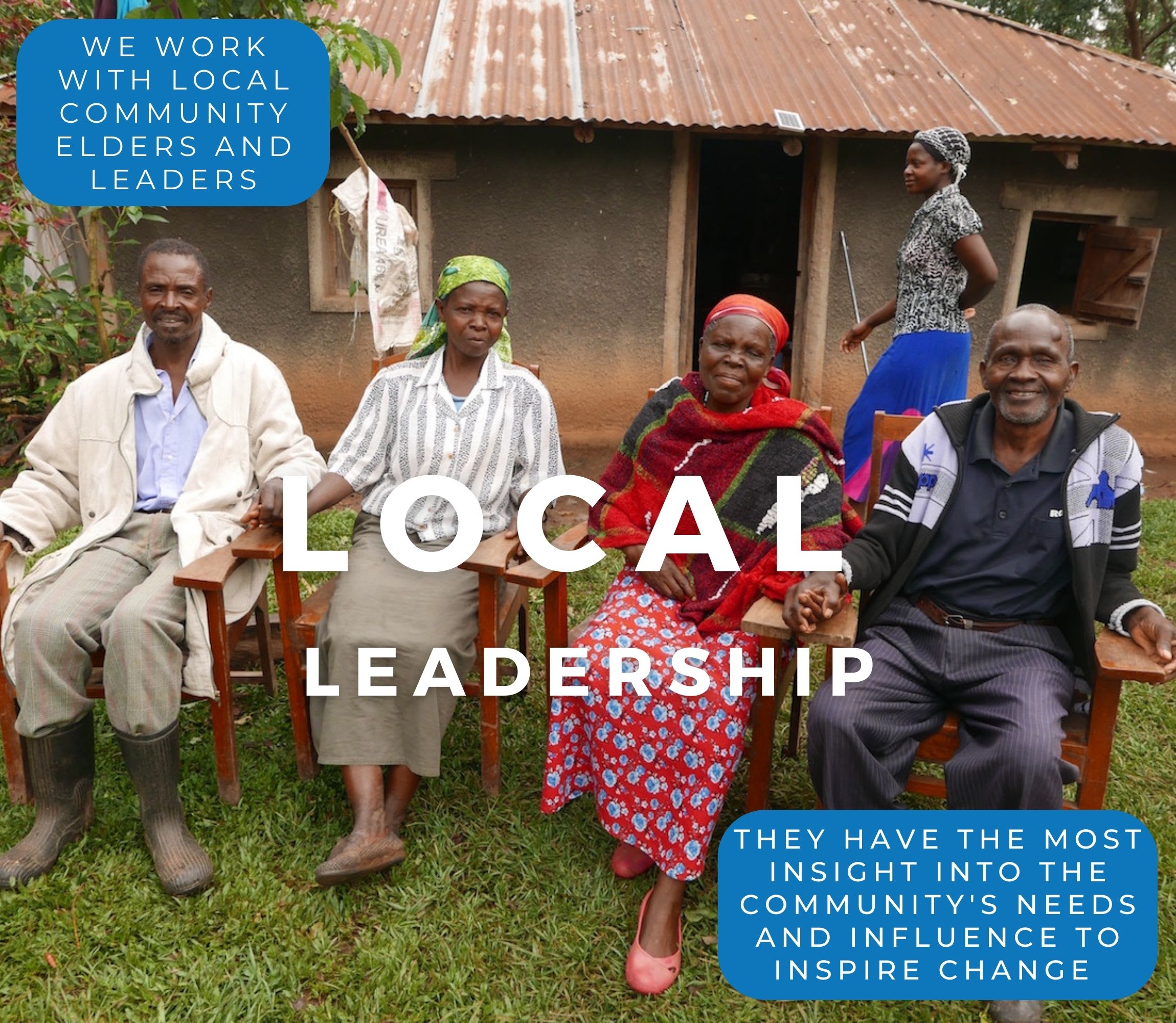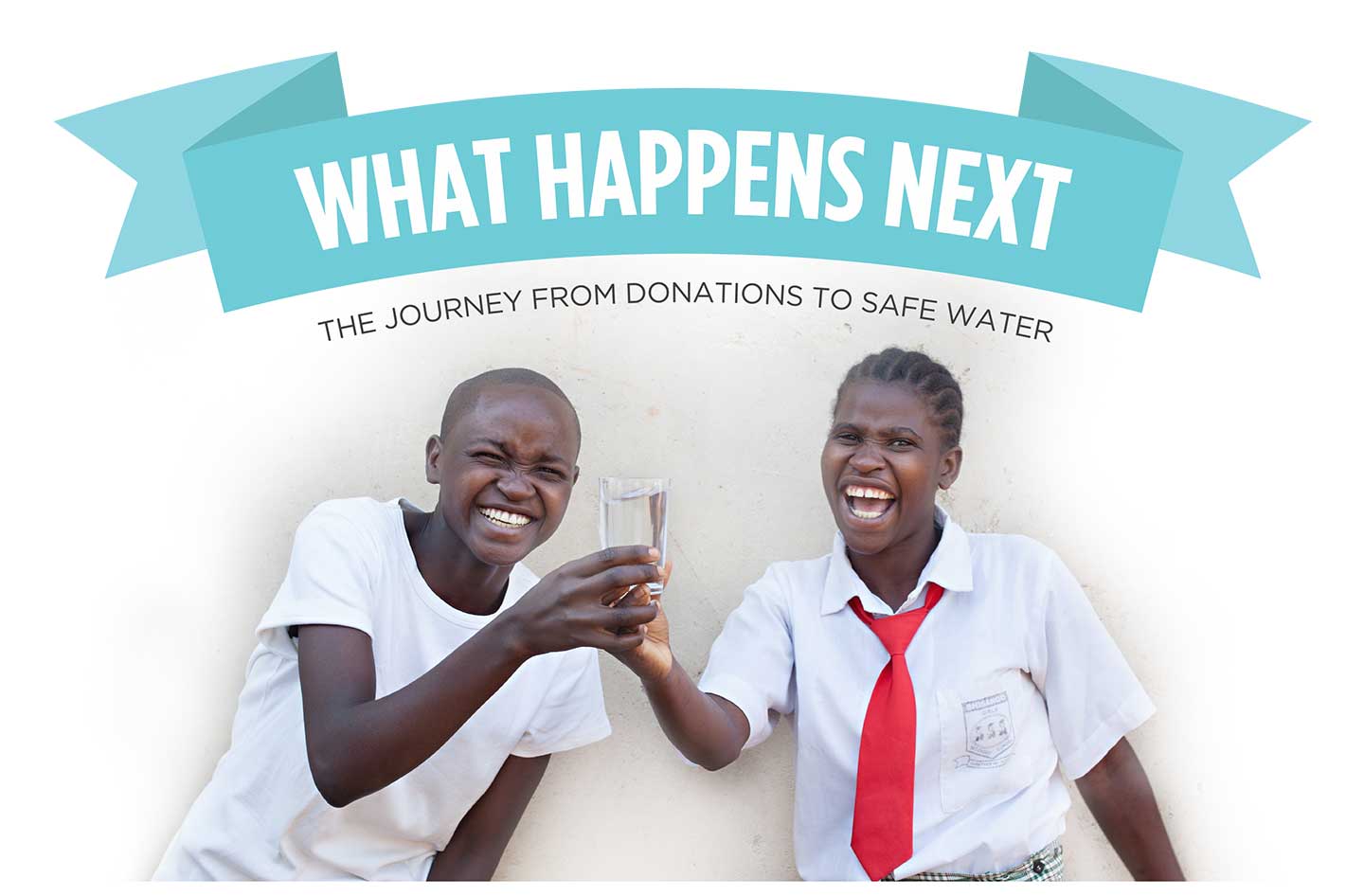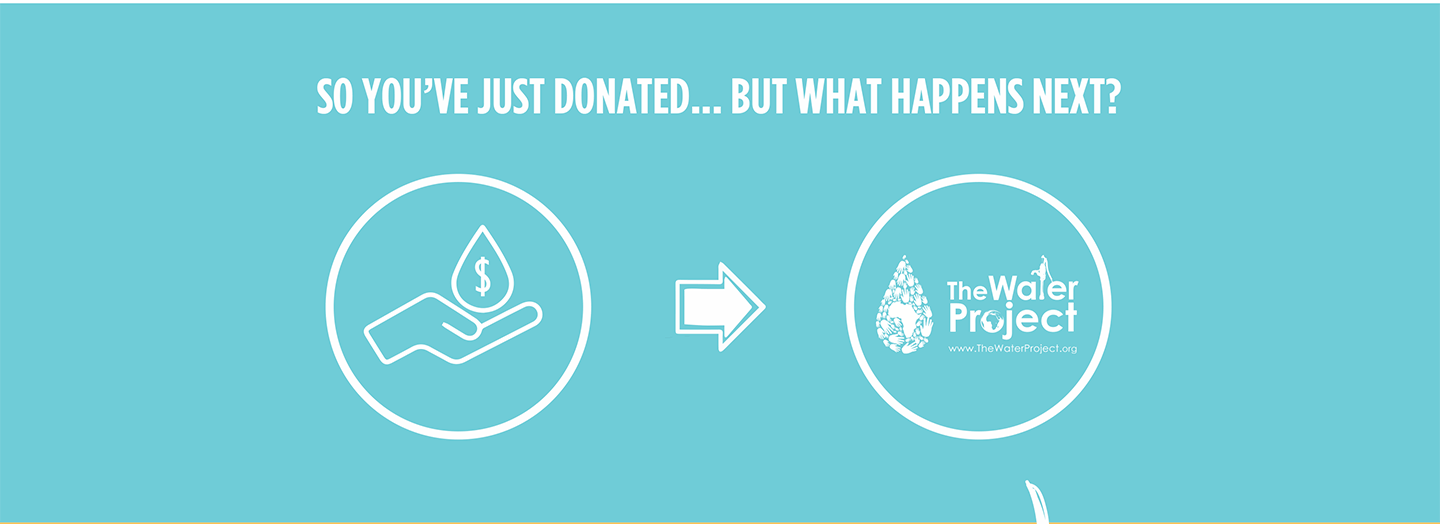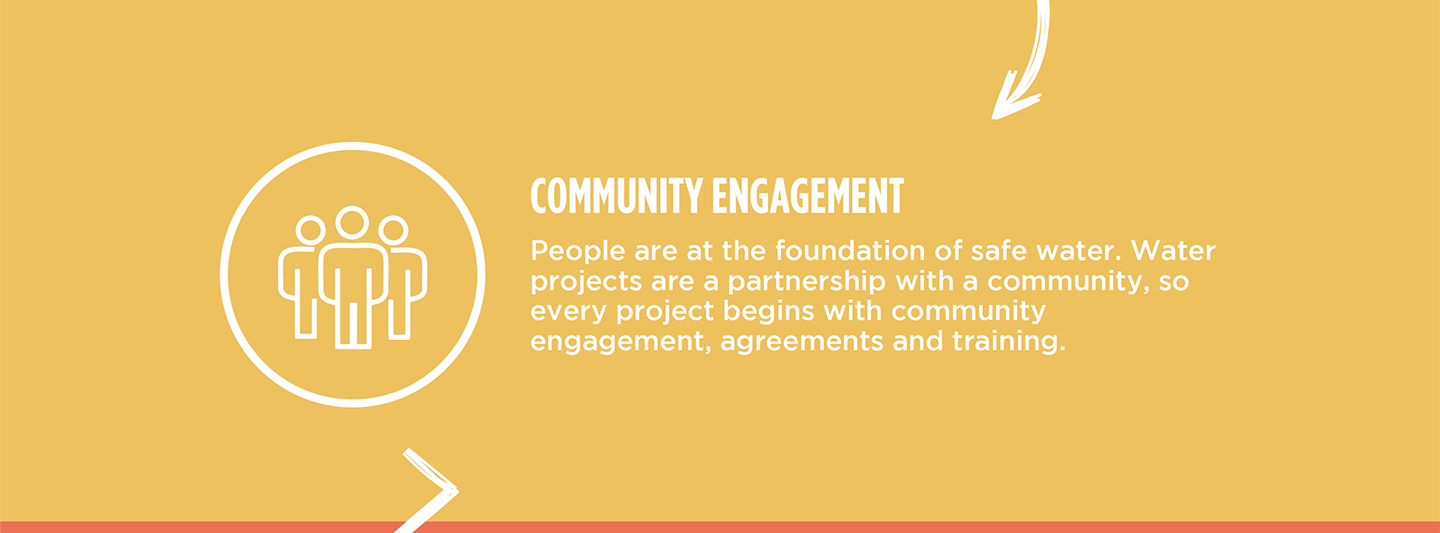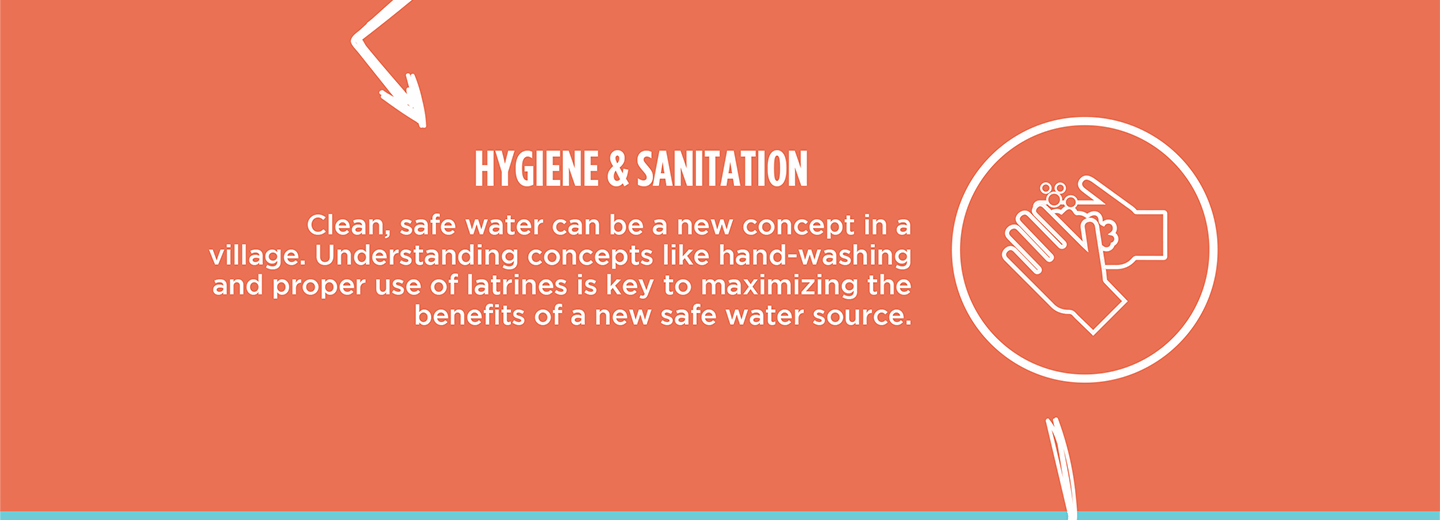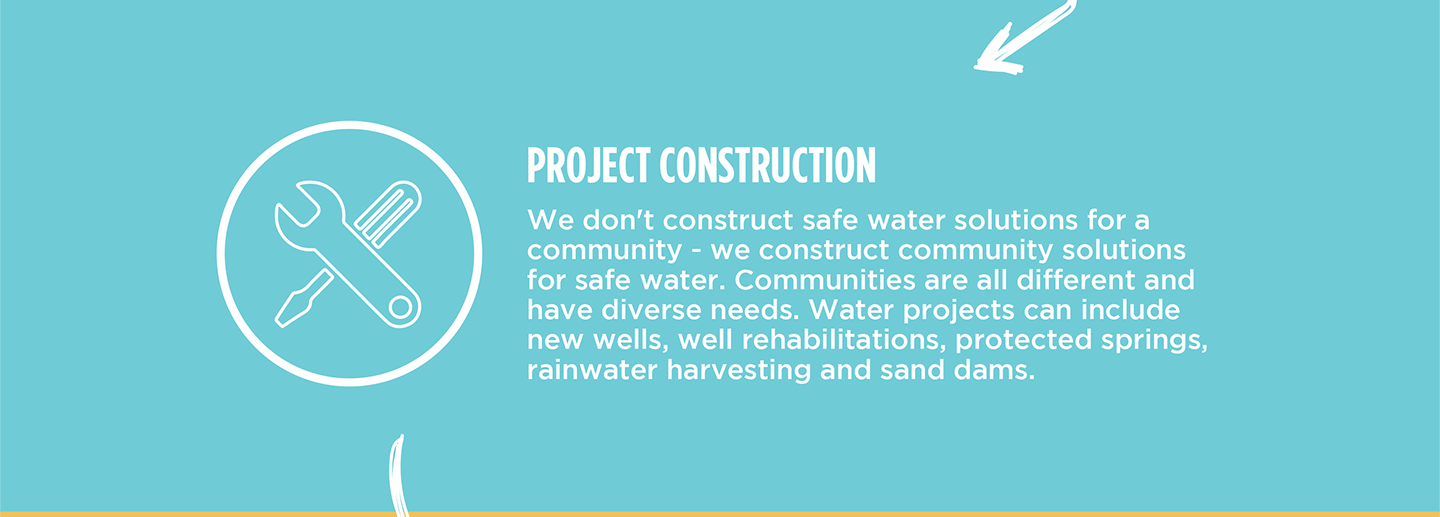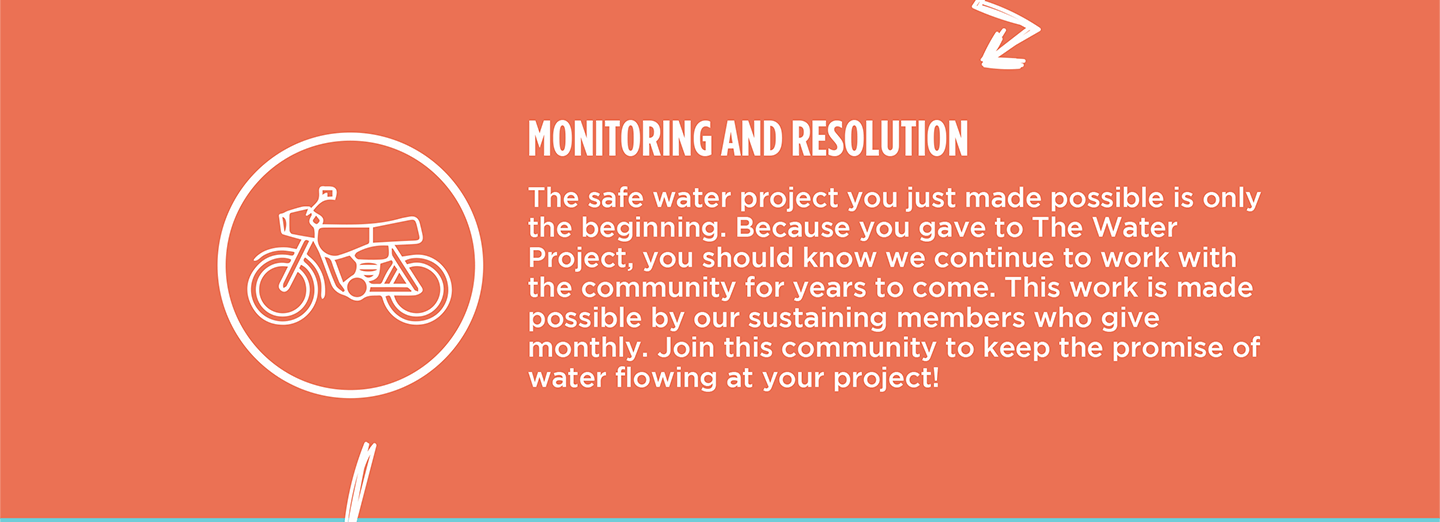In the Givogi Community, at the Idanani Spring, lies frustration and illness. The spring, once a source of life, now teems with stagnant, contaminated water. The local community of 140 people faces daily hardships as they struggle to access clean water, leading to waterborne illnesses and economic setbacks.

Though once protected, the spring has little to offer in its current state. Stagnant water lives beneath the collection pipe, and though the water coming out looks clear, it flows from a broken-down spring box, where contamination runs rampant.
Violet Dembwa, 45, is keenly aware of the consequences of drinking the very water she needs to survive.

Violet Dembwa.
"A few days ago, my body became very weak and I developed a high fever, I was sweating at the same time, feeling so cold. I slept all day, and I lost [my] appetite completely. I was thinking I was having malaria, so I sent my son to buy drugs for malaria. Coldness and fever persisted, so the following day, I had to go for medication at [the] health care. After consultation and taking [a] blood sample, I was diagnosed [with] typhoid. Up to today, I haven't completed [the] injections," she shared.
The cost of her illness isn't just physical. Being a small businesswoman, every hour not working means a loss of income. The income she does make is often spent on medication, putting her and her family further behind with each illness that grips them.
"Treating water ailments during [this] period, when we are struggling to get what [we need] to fend for the family, is not an easy thing. Medication is very costly. While recovering, my daughter, who is working as a house girl in Nairobi, visited to check on me, only for her and her baby to contract [a] waterborne disease on consuming water fetched from this water point. This made me see everything as a barrier because I had exhausted all that I had," Violet lamented.
"I had to stop my small business of weaving and selling baskets (used to cover [baby] chicks from predators). [The] high cost of treating water-related illness consumes all of my capital. So currently, I am just at home doing manual work," she added.
Not only does the water crisis steal from her health and financial well-being, but it is also consuming all of her and her family's time.

Violet and other community members make the heavy journey home.
"My kids have had to wait for water for a period of not less than two hours. This happened during the dry spell, when the number of water users increased as a result of other springs drying up. Another factor was reduced discharge in our spring, making users line up for [a] long wait [until] their turn," Violet said.
Violet is eager for a solution. She wants to grow her business and create a hope-filled life for her family, a life where they thrive. But until the water crisis is over, she is likely to stay stuck in a cycle of poverty and water-related illnesses.

"Action needs to be taken to help water users have access to safe, clean water, hence eradicating the challenge of water-related illness once and for all, for people to get time to do what improves their lives," Violet concluded.
Steps Toward a Solution
Our technical experts worked with the local community to identify the most effective solution to their water crisis. They decided to safeguard the existing flowing spring.
Spring Protection
Springs are natural water sources that originate from deep underground. As water travels through various layers of the earth, it undergoes a natural filtration process, making it cleaner and safer to drink. To protect these spring sources from contamination, we construct a waterproof cement structure around layers of clay, stone, and soil. This design channels the spring water through a discharge pipe, facilitating easier, faster, and cleaner water collection.
Chlorine Dispenser
As an extra measure towards water quality safety, uniquely engineered chlorine dispensers are installed at all of our spring protection projects so community members can treat their water with pre-measured doses of chlorine. The chlorine treats any possible contamination and stays active for two to three days, ensuring water stays safe to use even when stored at home. Chlorine delivery and maintenance of the dispensers are part of our ongoing community support.
Community Education & Ownership
Hygiene and sanitation training are integral to our water projects. Training is tailored to each community's specific needs and includes key topics such as proper water handling, improved hygiene practices, disease transmission prevention, and care of the new water point. Safe water and improved hygiene habits foster a healthier future for everyone in the community. Encouraged and supported by the guidance of our team, a water user committee representative of the community's diverse members assumes responsibility for maintaining the water point, often gathering fees to ensure its upkeep.

 Protected Spring
Protected Spring
 Rehabilitation Project
Rehabilitation Project

